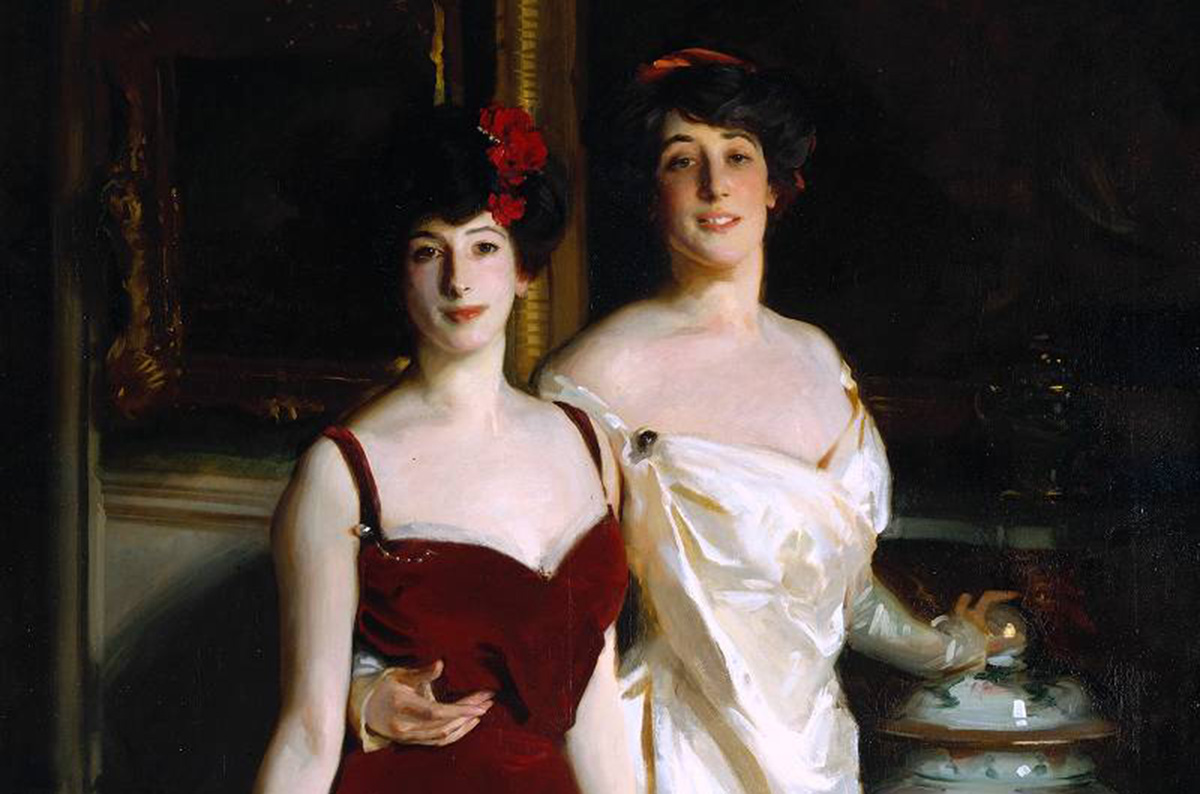
Ena and Betty, Daughters of Asher and Mrs. Wertheimer, by John Singer Sargent, 1901. Tate.
• “Lots of people go into marriage with any number of fears, and I think you see all of that in the one hundred sitters that are represented,” says the curator of I Do I Do, a collection of anonymous wedding photographs from the nineteenth century. (Hyperallergic)
• The 1960s origins of middle school. (JSTOR Daily)
• Librarians traversing the country on horseback during the Great Depression: “The WPA paid the salaries of the book carriers—almost all the employees were women, making the initiative unusual among WPA programs—but very little else. Counties had to have their own base libraries from which the mounted librarians would travel. Local schools helped cover those costs, and the reading materials—books, magazines, and newspapers—were all donated. In December 1940, a notice in the Mountain Eagle newspaper noted that the Letcher County library ‘needs donations of books and magazines regardless of how old or worn they may be.’ ” (Atlas Obscura)
• The women painted by John Singer Sargent. (New York Times)
• The World War II origins of fast fashion: “In July 1941, Metford Watkins, the director general of the freshly minted Directorate of Civilian Clothing, announced that he wanted to make the sale of clothes affordable to working-class people once more. He would do so by introducing a new type of clothing, which he referred to as ‘general utility,’ then later, more formally, as CC41.” (Racked)
• Twenty years after the death of Princess Diana, she is still an icon: “Diana’s great tragedy is that the happily-ever-after never manifested. The ‘People’s Princess’ never gifted her people the very conclusion they desperately expected. Instead, Diana was consumed again by myth, transformed into a pure spectacle of feminine vulnerability. Perhaps it was inevitable since the princess myth needs darkness to breathe; it needs physical and emotional vulnerability of women in order to live. Princesses need to be rescued, if not from a shadowy villain, then from their own self-made chaos.” (Pictorial)